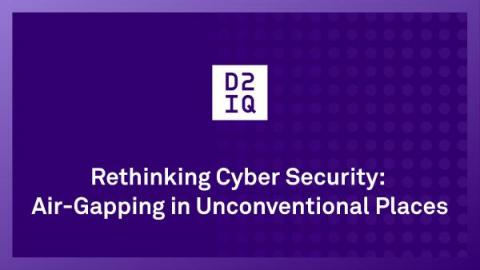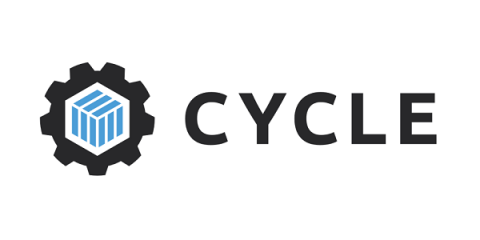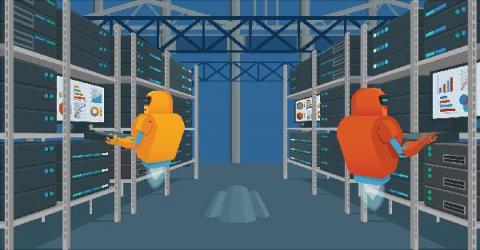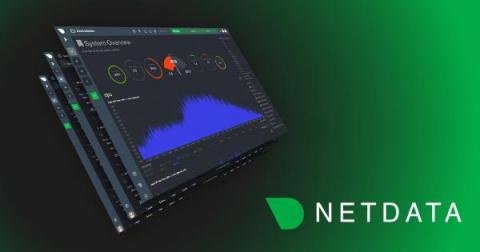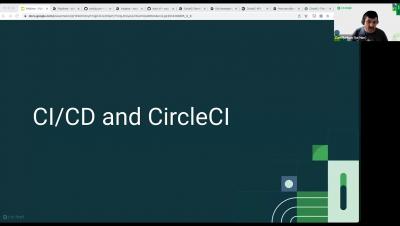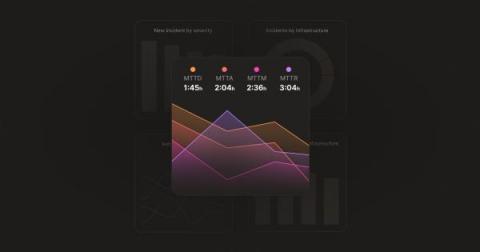Rethinking Cyber Security: Air-Gapping in Unconventional Places
Cyber security has become a top priority across all industry sectors, public and private. Securing a Kubernetes environment presents new challenges to organizations that are transitioning from traditional IT infrastructures to container management solutions in the cloud. As D2iQ VP of Product Management Dan Ciruli points out in “ Air-gapped Advantages in a Non-Air-gapped World,” surveys show a large percentage of Kubernetes environments are vulnerable to attack, as high as 87%.


